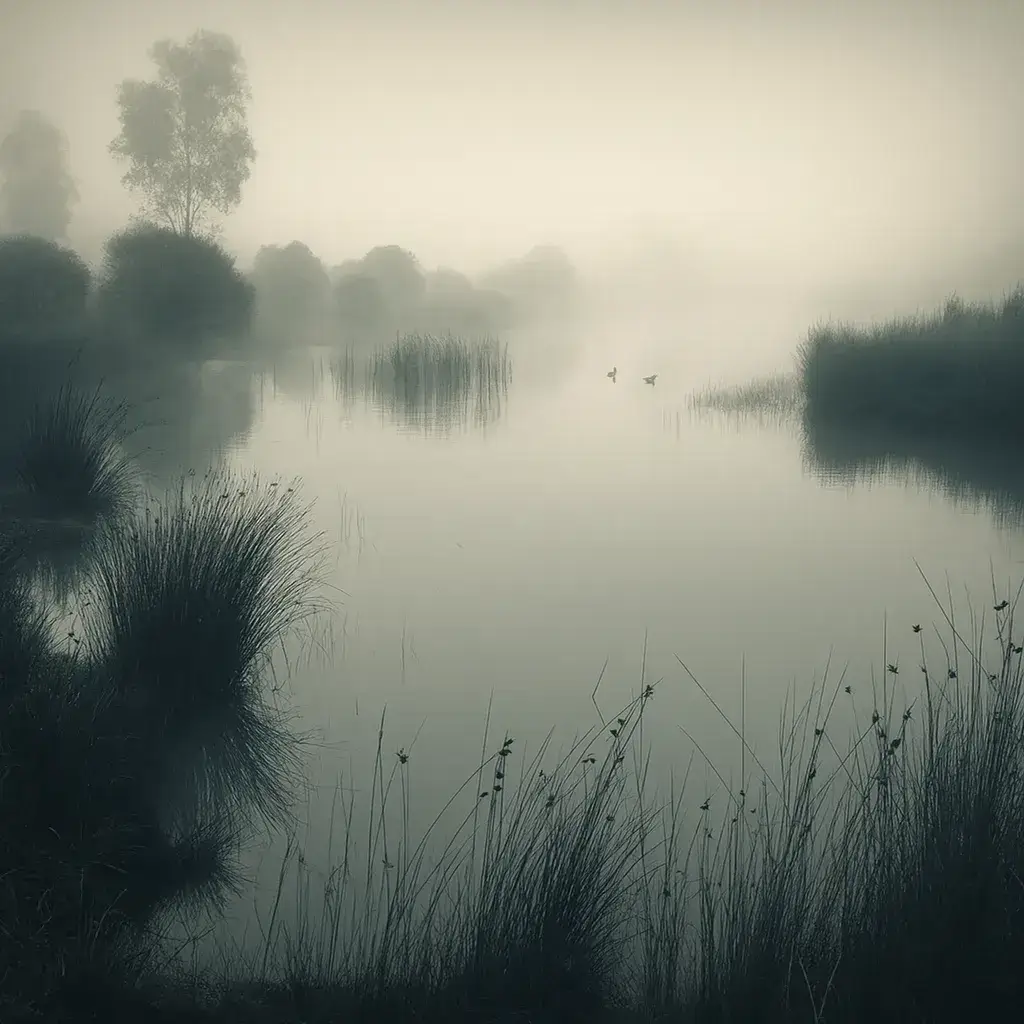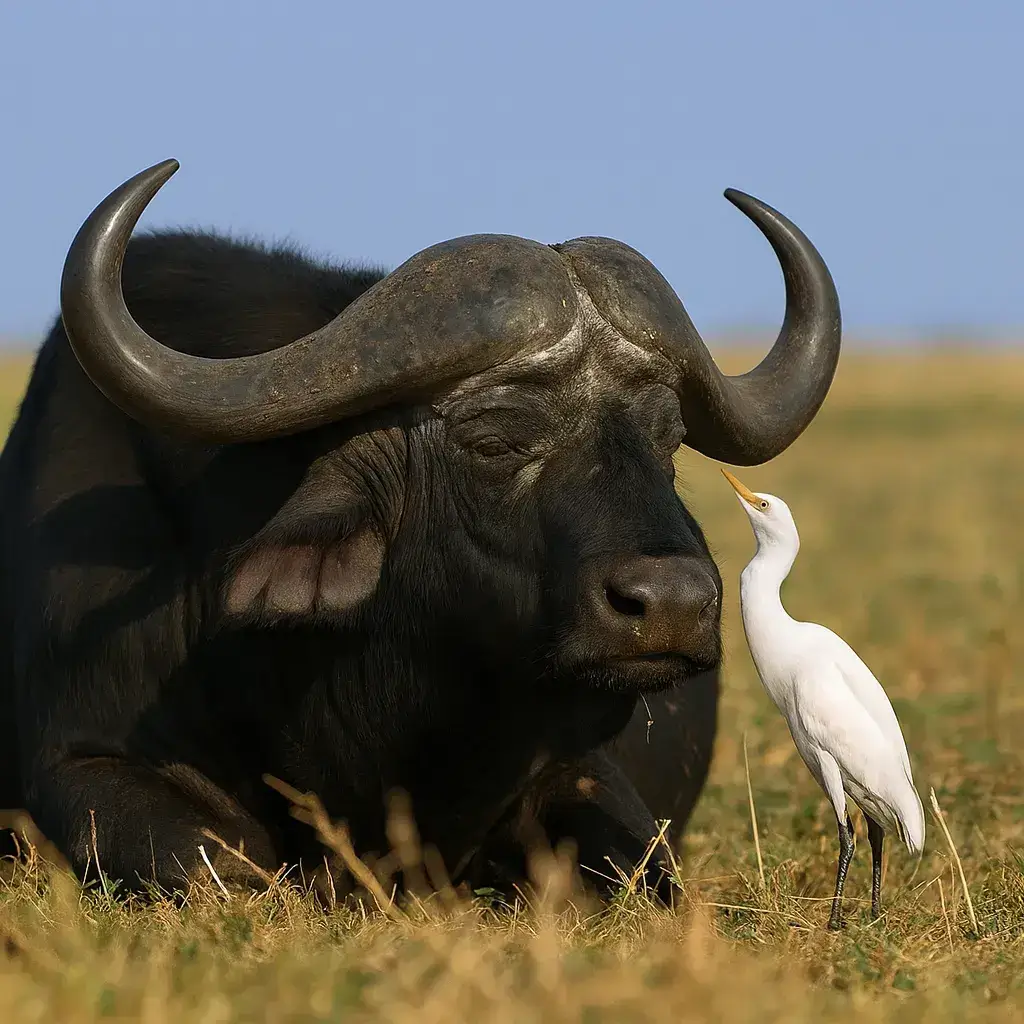For almost 25 years, I ‘ve been studying the Daoist healing arts and Chinese medicine. For most of that period, I’ve felt this persistent sense that things didn’t add up.
It’s a fantastic system. Ancient, graceful, and intuitive. Its depth still astounds me as it charts the human experience. Still, there has been one thing—this gap—that I’ve been unable to let go of.
Allow me to back up a second.
Emotions as the Root of Illness
One of the most fundamental tenets of Daoist healing is that emotions are a key cause of disease. That concept dates back millennia.
Often regarded as the most basic book in Chinese medicine, the Huang Di Nei Jing—The Yellow Emperor’s Inner Classic—elaborates on how unprocessed emotional states harm the organs and throw off the body’s equilibrium.
- Anger harms the Liver.
- Grief strikes the Lungs.
- The Kidneys are disturbed by fear.
- Worry ties up the Spleen.
- Even joy—when excessive—can scatter the Heart.
These are not only poetic metaphors. They form the foundation of a complete diagnostic system. Emotions drive qi. Illness begins to take root when the movement of qi is blocked, excessive, deficient, or disordered.
It’s not only about feeling lousy. It’s about how those emotions distort the underlying mechanisms of your body.
But Something’s Missing
Here’s the problem.
Over all my years of studying this medicine—through school, mentorship, clinical practice, and much digging into traditional texts—I’ve never once come across a clear explanation of where these emotional states actually originate.
Root causes are at the heart of Daoist healing. It’s all about asking why.
What causes the Liver qi to become stuck?
What causes Heart fire to blaze out of control?
Why isn’t the water of the Kidneys anchoring the fire of the Heart?
But when it comes to the feelings themselves—the “why” simply… falls off.
Emotions, we are told, can make one ill. But no one explains why those emotional patterns arose in the first place.
Why is one person shut down and numb while another is full of rage?
What causes someone to never seem to let grief flow through, or to live in perpetual fear?
Every now and again, you might come across some hazy remarks on “early experiences” or “childhood influences.” But there’s no genuine investigation of what that implies.
It always seemed to me that the system walked right up to the edge of something profound… then stepped back.
To be fair, I wouldn’t be surprised if someone out there could point to a classical passage alluding to early developmental injury, perhaps in metaphorical or symbolic terms. But in all my years of training and practice, I’ve never seen that thread followed through in any clear or unambiguous way. If it exists, it’s buried; most current practitioners aren’t trained to look for it.
Then I Found Trauma Theory
Everything eventually fell into place when I began studying trauma—especially childhood complex trauma.
What trauma theory provided was a simple, accessible model that filled in the missing components and let me grasp the deeper roots of the emotional patterns I’d been observing in practice for years.
It gave me the backstory.
- It explained why so many suffer with ongoing fear.
- The reason behind another person’s constant rage.
- Why some individuals consider feeling joy dangerous.
- The reason sadness never completely goes away.
- Why someone continues to worry even when nothing’s wrong.
It highlighted how these emotional states are adaptive rather than random. How they’re survival reactions that got locked in early due to excessive stress, neglect, abuse, emotional desertion, or growing up in an unsafe, unseen, or unprotected environment.
What trauma theory did—what childhood complex trauma theory did—was give me the why I’d been searching for all these years?
The Bridge Between the Two
The Daoist healing arts explain what follows the injury. Trauma theory describes how the injury was created.
And the catch is that they fit incredibly well together.
- Trauma generates emotional patterns.
- Those patterns influence organ function, blood, and qi.
- Over time, they disturb energy, immunity, digestion, sleep, and more.
- What begins as a survival reaction turns into a physiological state.
Daoist medicine is well suited to facilitate the untangling of those patterns and bring balance back, particularly if you understand this whole picture.
Let Me Show You What I Mean
Here are some illustrations:
- A child raised with emotionally unpredictable parents learns to remain hypervigilant. That ongoing stress leads to activation of the nervous system based on fear. Eventually, it manifests from a Chinese medicine perspective as Kidney depletion, overly active Liver yang, or Heart-Kidney disharmony—a system trapped in alert, never really able to relax.
- A kid who was always criticized can keep that rage inside but never express it. Over time, that repressed anger becomes Liver qi stagnation, which can show up as mood swings, digestive problems, chronic pain, menstruation disorders, headaches, or other symptoms.
- A child who wasn’t comforted in sadness may learn to numb themselves simply to survive. The sorrow never quite dissipates. It begins to manifest as respiratory problems, fatigue, skin disorders, or a general emotional alienation, it turns into Lung insufficiency.
Two Halves of the Same Map
Trauma theory and the Daoist healing arts are not rival systems. They’re two sides of the same coin.
- Trauma theory provides us the origin narrative—the rationale behind how emotional survival tactics develop.
- Daoist healing provides us the tools to deal with what those survival strategies have formed and how to restore balance.
That’s why, for me, trauma theory didn’t substitute for Chinese medicine; it completed it.
It provided the missing component. The thing I’d been sensing but didn’t have words for. Now, whether I’m working with others or looking back on my own past, I can finally see the whole arc.
From the first wound… To the current imbalance… Toward the next step.
This Is the Work
Helping people grasp how these two systems can complement one another is the core of my work now.
Having a language for it can be life-changing, especially when you’ve carried pain for much of your life and have never understood why.
And even more powerful than the language? Having a road to travel. And a means of dealing with what’s been kept inside for far too long.


